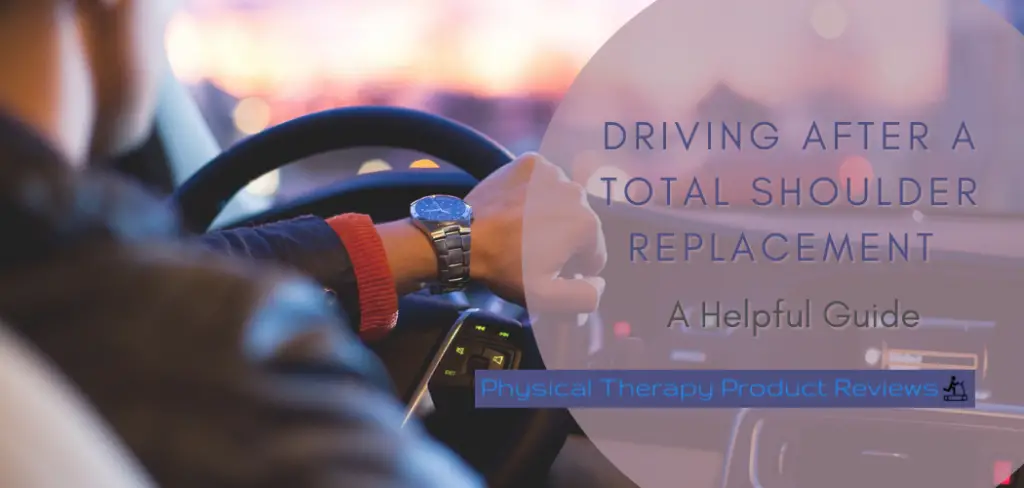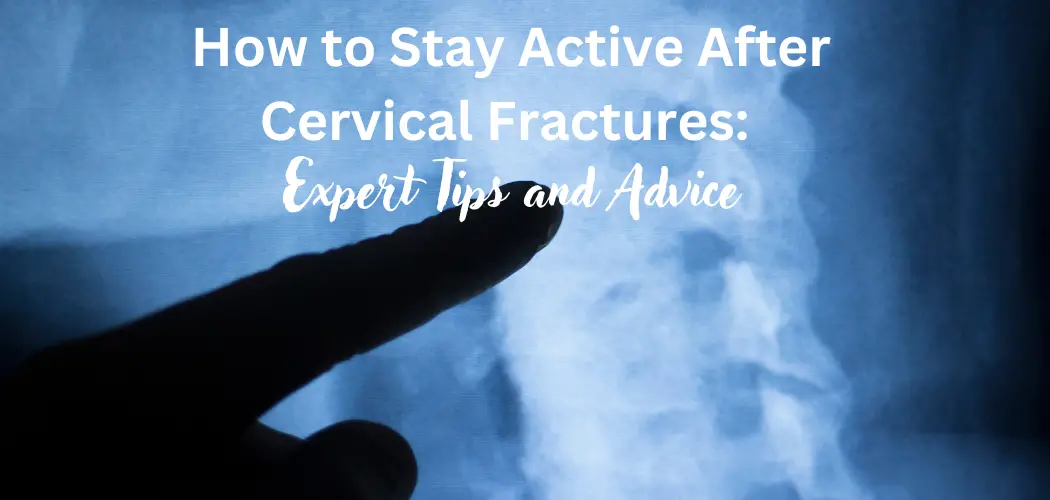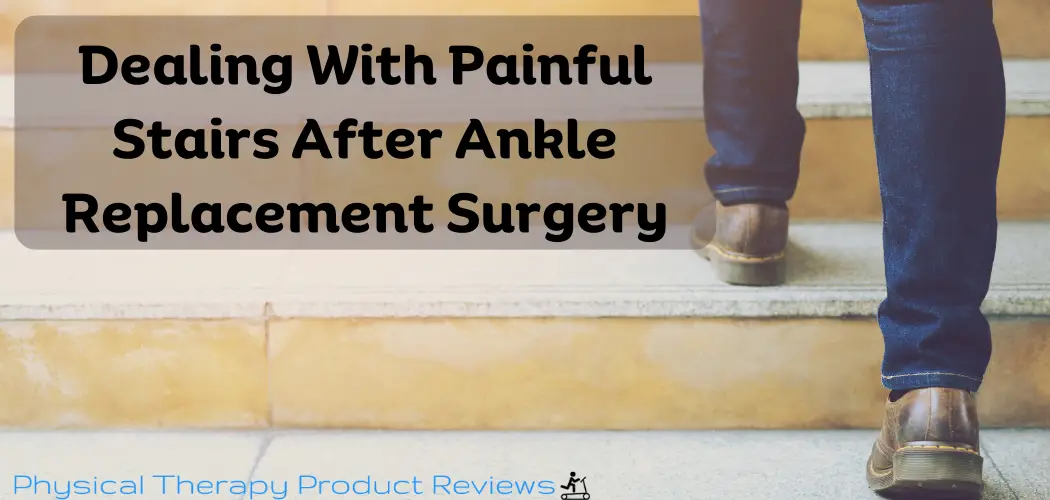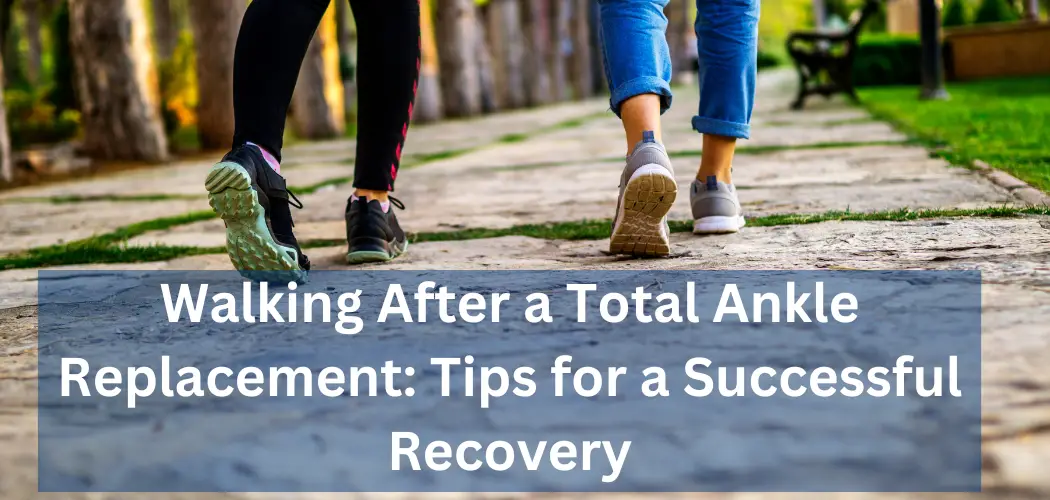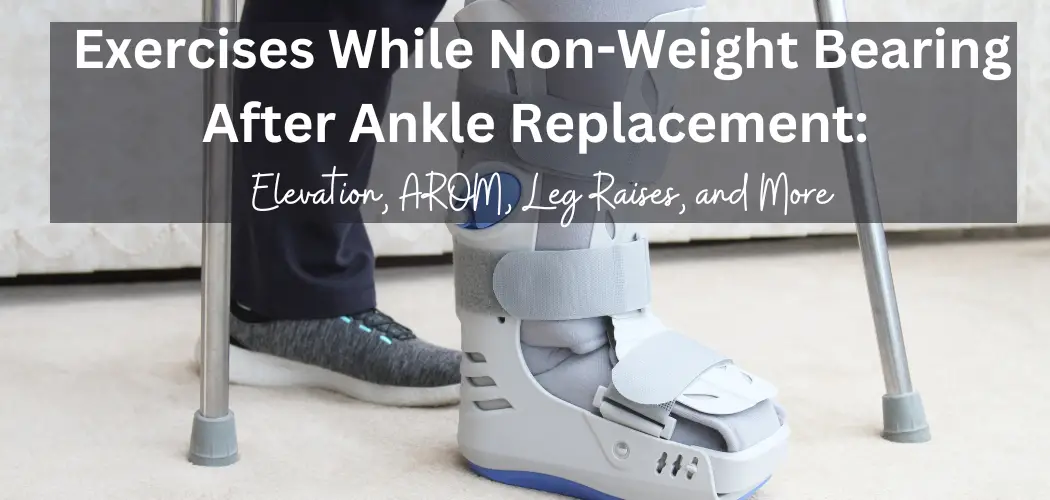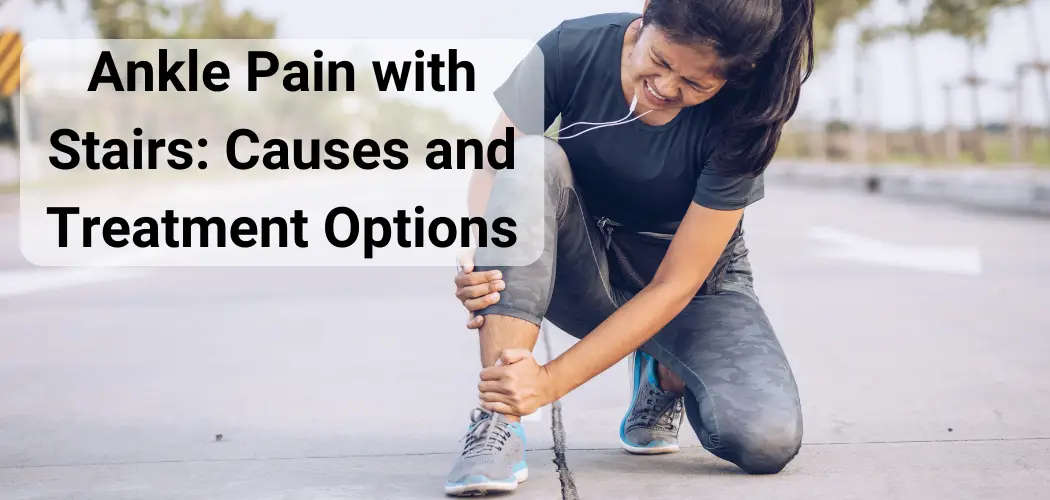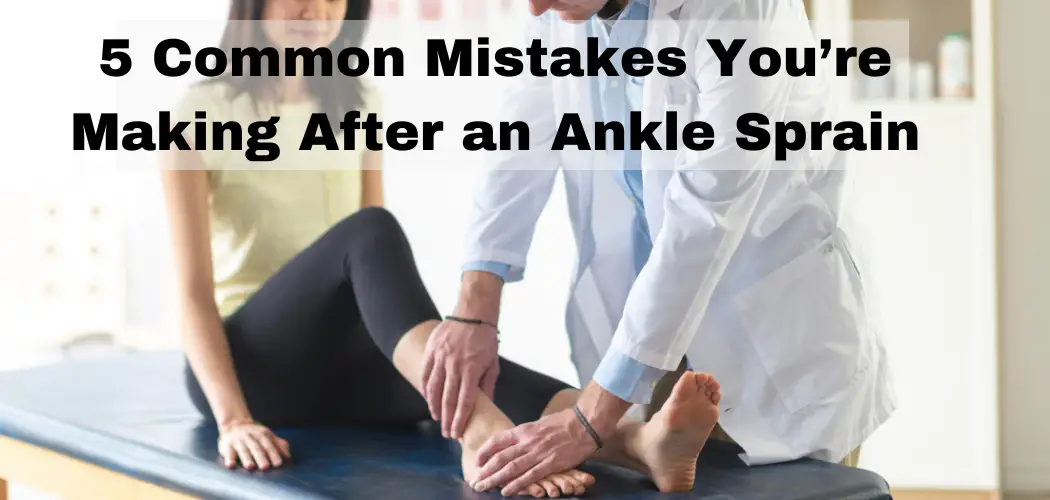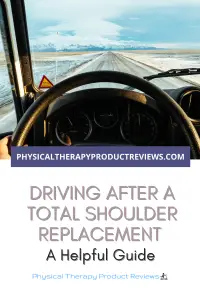 Your total shoulder replacement is going to solve a lot of problems for you. But, it’s also going to introduce a whole new set of obstacles for you during recovery. Even though these obstacles will be temporary, it’s important to plan for them before surgery.
Your total shoulder replacement is going to solve a lot of problems for you. But, it’s also going to introduce a whole new set of obstacles for you during recovery. Even though these obstacles will be temporary, it’s important to plan for them before surgery.
If your independence is something you value, then I’m sure you realize how vital driving is to maintain it. Unfortunately, you’ll need to plant yourself in the passenger seat for quite a while after your shoulder replacement.
How long will you need to carpool after your shoulder replacement? Let’s talk about the details.
Can You Drive With A Shoulder Sling On?
Short answer? No, it’s just not safe to drive with one arm in a sling.
Your ability to react to any surprises on the road is impeded when your arm, especially the dominant one, is immobilized. You may be unable to evade collisions if anything out of the ordinary happens when you’re behind the wheel.
One study showed that while there was no difference in routine driving scenarios, drivers wearing slings were in double the collisions when hazardous driving conditions were present.
Plan for transportation after your surgery. Ask friends and family for help in advance to ensure you don’t get stuck without and resist the urge to just drive yourself.
Can You Drive While Taking Pain Meds?
Driving while taking pain medication is possible, but it needs to be approached with caution and depends on the medication.
If you are taking an Opioid pain medication such as Hydrocodone (Vicodin), Oxycodone (OxyContin, Percocet), or Morphine then you can actually be ticketed for a DUI.
Do Not Drive While Actively Taking These Medications.
 If you are not taking Opioid pain medication and are thinking of hopping behind the wheel you should:
If you are not taking Opioid pain medication and are thinking of hopping behind the wheel you should:
- Speak with your doctor: Your doctor will give you information on the side effects of your prescribed medication.
- Avoid driving for at least the first five days: Anytime you start a new prescription medication, it’s a good idea to wait at least five days before driving. This will let you see how the medication affects you.
- Use your best judgment: If medication affects your reaction time or judgment, make the responsible and safe call.
How Soon After Surgery Can You Drive?
You’ll need to wait until your arm is out of a sling and you regain full shoulder mobility before driving. While everyone heals at their own pace, this typically occurs at the six-week mark.
At around six weeks post-surgery, your doctor will evaluate your range of motion and progress. Based on this evaluation, your doctor may clear you for additional activities, including:
- Returning to work
- Driving
- Strengthening exercises
It’s important to wait for your doctor to clear you for all activities, including driving. If you try to drive before you have a full range of motion, or before you are cleared, you may cause further damage to your shoulder.

While it may seem like no big deal, it’s impossible to account for everything. Let’s think hypothetically for a second. Let’s say you’re driving with your hand that was not operated on.
Everything is fine until suddenly a raccoon darts out in front of your car. Reflexes are real, and you reach up with your healing arm to avoid running it over. Well, now that raccoon, your reflexes, and your strong desire to drive before your shoulder is ready to have all caused damage to your freshly fixed joint.
Do yourself and your shoulder a favor and wait for your doctor to clear you for all activities, including driving, after your total shoulder replacement.
Why You Shouldn’t Drive Before You’re Ready
While you may tell yourself it’s okay to drive with one arm, here are some things to think about:
- Your reaction time is impaired, therefore accidents are more likely
- You could cause damage to your healing shoulder
- You could injure yourself or others
- Your insurance company may not cover an accident that occurs soon after surgery, while you are wearing a brace, or before you are cleared by a doctor to drive.
It’s not worth the risk, just take the temporary time out from driving. Keep those around you, yourself, and your wallet safe. Wait until your doctor clears you to drive.
Tips to Reduce Shoulder Pain When Driving
Your doctor finally clears you! Hooray! But, now you’re faced with a new dilemma. While you may have a full range of motion back, it still hurts to hold your shoulder in some positions for extended periods, like when driving for instance.
 If your shoulder is hurting while you’re driving, you probably just need to make some minor adjustments to your seat and steering wheel. These adjustments can improve your posture and the angle of your joints.
If your shoulder is hurting while you’re driving, you probably just need to make some minor adjustments to your seat and steering wheel. These adjustments can improve your posture and the angle of your joints.
Check your position against the following:
- The seat should be reclined about 30 degrees for optimal back support.
- The seat should be close enough to the steering wheel that your back remains in an upright, straight position.
- Arms should be relaxed, with a bend at the elbows.
- Seat height should be adjusted to allow elbows to rest on armrests when needed to support shoulders.
- Your head should be touching the headrest, shoulders should be in contact with the seatback.
- Placing your hands at 4 and 8 on the wheel is easier on the shoulders than the often taught “10 and 2”.
- On long trips, take a stretch break every 2 hours.
If driving is still causing your shoulder pain, speak with your doctor. You might need a little more time healing and doing your physical therapy exercises. Listen to your body.
How to Avoid Shoulder Pain While Driving
Conclusion
While I’m sure you’re itching to get your independence back after your total shoulder replacement, It’s not a race to get back in the driver seat. Listen to your doctor and your body. Wait for the all-clear before hitting the open road. Until then, enjoy being chauffeured around by friends and family for a bit. You’ll be back behind the wheel before you know it.
Other Great Rehab Related Articles
How to Stay Active After Cervical Fractures: Expert Tips and Advice
Dealing with Painful Stairs After Ankle Replacement Surgery
Walking After a Total Ankle Replacement: Tips for a Successful Recovery
Exercises While Non-Weight Bearing After Ankle Replacement: Elevation, AROM, Leg Raises, and More
Ankle Pain with Stairs: Causes and Home Treatment Options
5 Common Mistakes You’re Making After an Ankle Sprain
Disclaimer: The information provided in this post is for educational purposes only. This is not a substitute for a medical appointment. Please refer to your physician before starting any exercise program.
